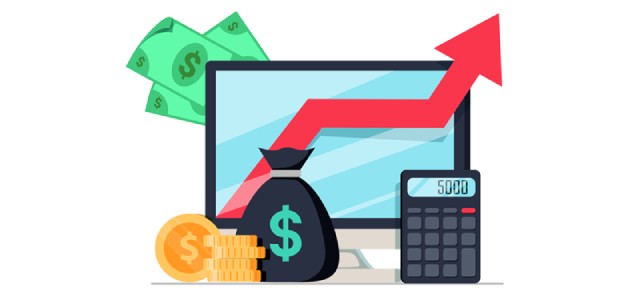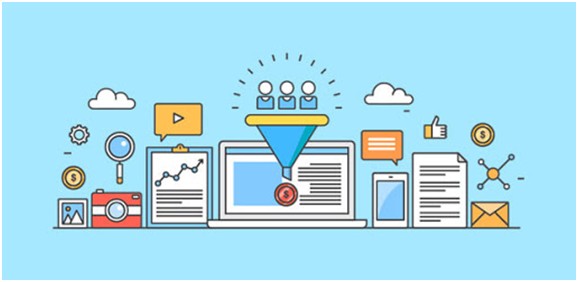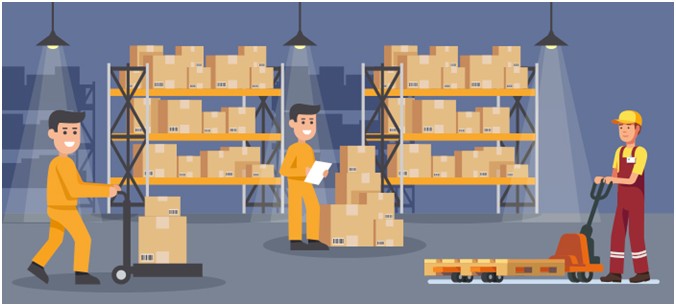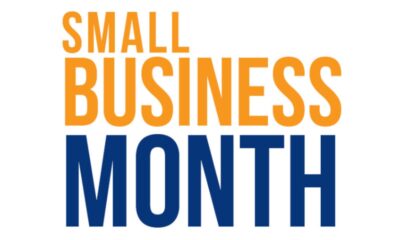Startup
10 Steps to Increase Your Revenue with Location Data

In today’s world, location data is one of the most valuable assets that a business has. You can use it to understand customers, identify new markets and opportunities or optimize marketing campaigns. You can also use location data to create personalized experiences for your customers.
What if you could use location data to increase revenue? In this blog post, we’ll explore some ways that businesses are using location data to boost their sales numbers, as well as what you need to do to take advantage of these strategies yourself!
- Collect data about your customers’ location, time of visit, and what they buy:
Data about your customers’ location, time of the visit, and what they buy is a great starting point for understanding how you can use it to increase revenue. Collecting this data will help you get an idea of where the best routes are for marketing campaigns or even just better understand customer behavior in general.
- Use the collected data to create a predictive model for future purchases:

After collecting data, you should try to use it strategically. For example, if your store is in a low-income area and most customers come during the day when they’re at work or school, you would want to time marketing campaigns for closing hours. If, on the other hand, you notice that your sales are higher than average at certain times of the year like Christmas Eve (maybe because people are shopping before going home for a holiday), make sure employees know about this to promote products accordingly!
Company examples: Champs Sports – Champs has created a predictive model based on their customer’s purchase history, which allows them to suggest items with similar features as those purchased previously without requiring any manual input from shoppers themselves. Similarly, you can try to create a predictive model for increasing your future purchases.
- Create a marketing campaign with personalized offers based on each customer’s tastes and needs:
Offer a “Super Saver” option for those looking to save money on multiple items. Besides, you can provide personalized offers based on the customer’s favorite brands or products. For example, if someone has purchased your product before and then returns to buy another one, they may be interested in hearing about an exclusive deal in exchange for their loyalty. This will increase both sales and brand recognition among new customers as well!
- Receive analytics reports that show how effective your marketing is at driving revenue:

Location data has been shown to increase customer engagement and conversions. However, it’s important that you’re able to track the impact of your marketing efforts on revenue because sometimes things don’t make a dent in sales numbers. With location-based analytics reports, you can see how many people clicked through from an ad or promotional offer into your store while also seeing what percentage of those customers made a purchase after clicking! This will help you optimize future campaigns by understanding which strategies work best for different audiences.
- Send out push notifications to remind customers of deals or items they might be interested in purchasing:
Push notifications are one of the most effective ways to increase engagement with your customers. You can use these notifications to remind them about products they’ve browsed in-store or online, upcoming events you’re participating in, and so on.
- Track online reviews from customers who have been sent push notifications:

This will help you to see if it has increased their satisfaction with the store/service offered by the company. It will also help you to create personalized messages for future campaigns that speak directly to your audience.
- Continue to collect more information about your customer base:
Keep on collecting data as much as possible so you can make better decisions about them later down the line (i.e., which types of products do they prefer? What are their favorite colors? What stores do they shop at most often?). Once you have all the data, you can use free map tools to create a map and visualize the data to create more effective marketing strategies for your business.
- Ensure there are enough employees available during peak hours:

This step will allow you to accommodate all customers’ needs so wait times are minimal and no one leaves unhappy because they couldn’t find employee support when needed!
- Ensure your employees know every product in store:
This will help them answer any questions quickly and efficiently (maybe even give discounts!) and make customers happy. Besides, customers will be more likely to buy something when they know the employee can answer their questions before they have them.
- Keep track of inventory levels – don’t overstock or understock shelves:

This will help you make the most of your location data by knowing when to restock shelves. Moreover, you won’t have to suffer loss by overstocking or understocking the inventory, which will keep your budget on track and avoid any losses.
Conclusion:
Location data is an important asset for a business. If you’re looking to increase your revenue, starting with location data can help boost sales and keep your budget in line by avoiding overstocking or understocking inventory!
-

 Business3 weeks ago
Business3 weeks agoPrakash and Kamal Hinduja: Driving Social and Environmental Change
-
Education4 weeks ago
Fred DuVal: University Leadership as a Critical Resource for Climate Change Research and Life-Saving Solutions
-

 Cryptocurrency4 weeks ago
Cryptocurrency4 weeks agoDesigned For The Masses: How Akasha (AK1111) Is Unlocking Crypto For The Next Billion Users
-

 Health3 weeks ago
Health3 weeks agoThe Hinduja Brothers Commitment to Global Health: Empowering Communities Across Borders
-

 Startup1 day ago
Startup1 day agoSmall Business Month Encourages Entrepreneurs to Take Stock and Scale Up with Actionable Marketing Strategies
-

 Cryptocurrency4 weeks ago
Cryptocurrency4 weeks agoNexaglobal & Future World Token (FWT): Could This Be the Next Big Crypto Investment of 2025?
-

 Startup2 weeks ago
Startup2 weeks agoCost-Saving Strategies Every Small Business Owner Should Know to Boost Efficiency
-

 Startup3 weeks ago
Startup3 weeks agoMatthew Denegre on the Art of Deal Sourcing: Finding the Right Investment Opportunities











